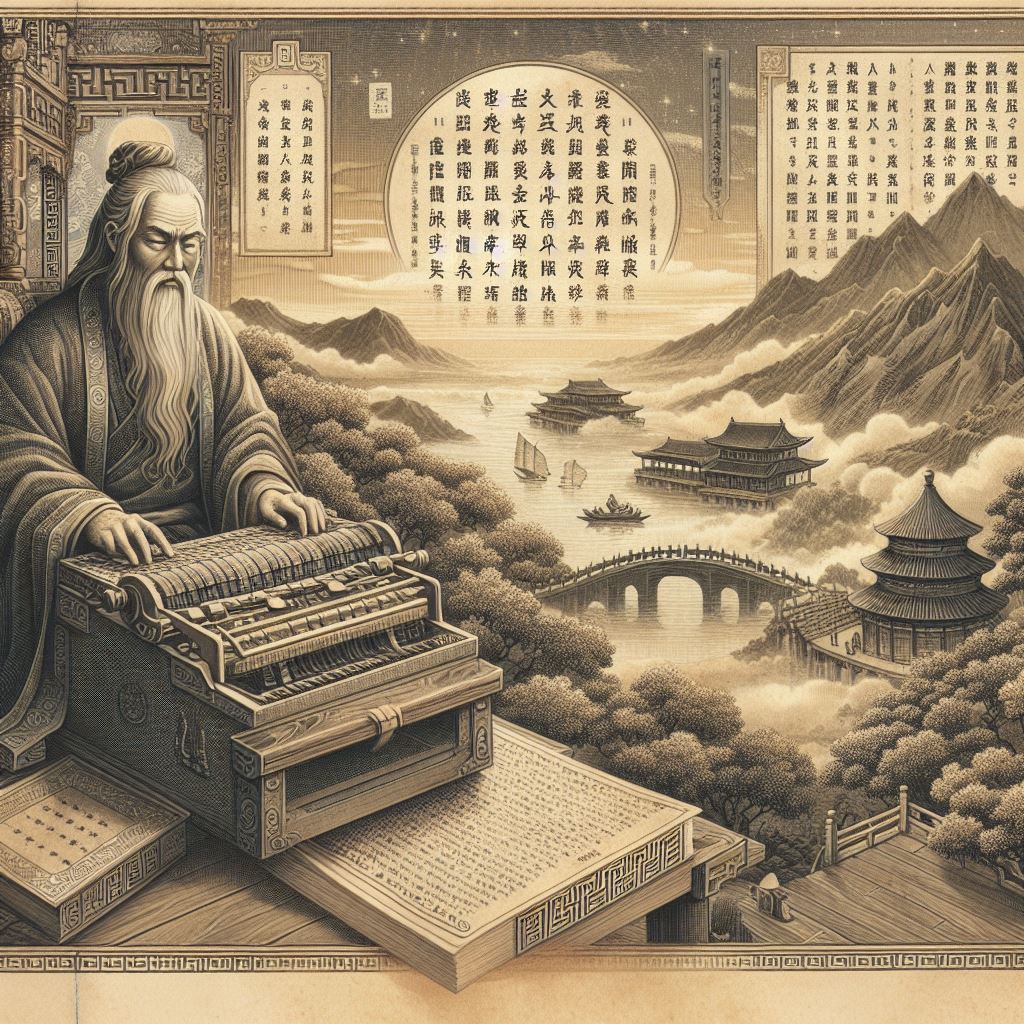The first country to print books using movable type was China. The invention of printing with movable type is credited to Bi Sheng, a Chinese artisan and inventor, who is believed to have developed the technology around the 11th century during the Song Dynasty.
Bi Sheng’s method involved carving individual characters on clay blocks, which were then used to create movable type for printing. While China pioneered early printing technologies, it was later popularized and refined in Europe by Johannes Gutenberg in the 15th century with the invention of the mechanical movable-type printing press.

The Inventor and the Innovation
In the heart of the Song Dynasty, around the 11th century, an ingenious artisan and inventor named Bi Sheng played a pivotal role in revolutionizing the way books were produced. Bi Sheng is credited with the invention of movable type, a groundbreaking concept that laid the foundation for the future of printing.
The movable type involved the meticulous carving of individual characters onto clay blocks. These blocks could be rearranged and reused to compose different texts, allowing for a more efficient and scalable method of book production. This innovation marked a departure from labor-intensive manual copying methods, setting the stage for a new era in the dissemination of knowledge.
China’s Printing Legacy
While Gutenberg’s mechanical movable-type printing press is well-known for its impact on Europe in the 15th century, it’s crucial to acknowledge China’s significant contributions several centuries earlier. The Chinese printing methods were not only ahead of their time but also a testament to the sophistication of ancient Chinese craftsmanship and technological ingenuity.

The Spread of Printing Technology
China’s early printing methods gradually spread to other parts of Asia, influencing cultures and societies along the way. However, it wasn’t until Gutenberg’s press that printing technology gained widespread attention in the Western world. Gutenberg’s adaptation of movable type played a pivotal role in the Renaissance, facilitating the rapid dissemination of information, knowledge, and ideas.
Conclusion
As we marvel at the convenience of modern printing and its role in shaping our world, it’s important to pay homage to the roots of this transformative technology. China’s early experiments with movable type laid the groundwork for Gutenberg’s later innovations, and both contributions are integral to the rich tapestry of human progress. Recognizing the global history of printing allows us to appreciate the diverse paths that led to the creation of the books and written knowledge that we often take for granted today.
